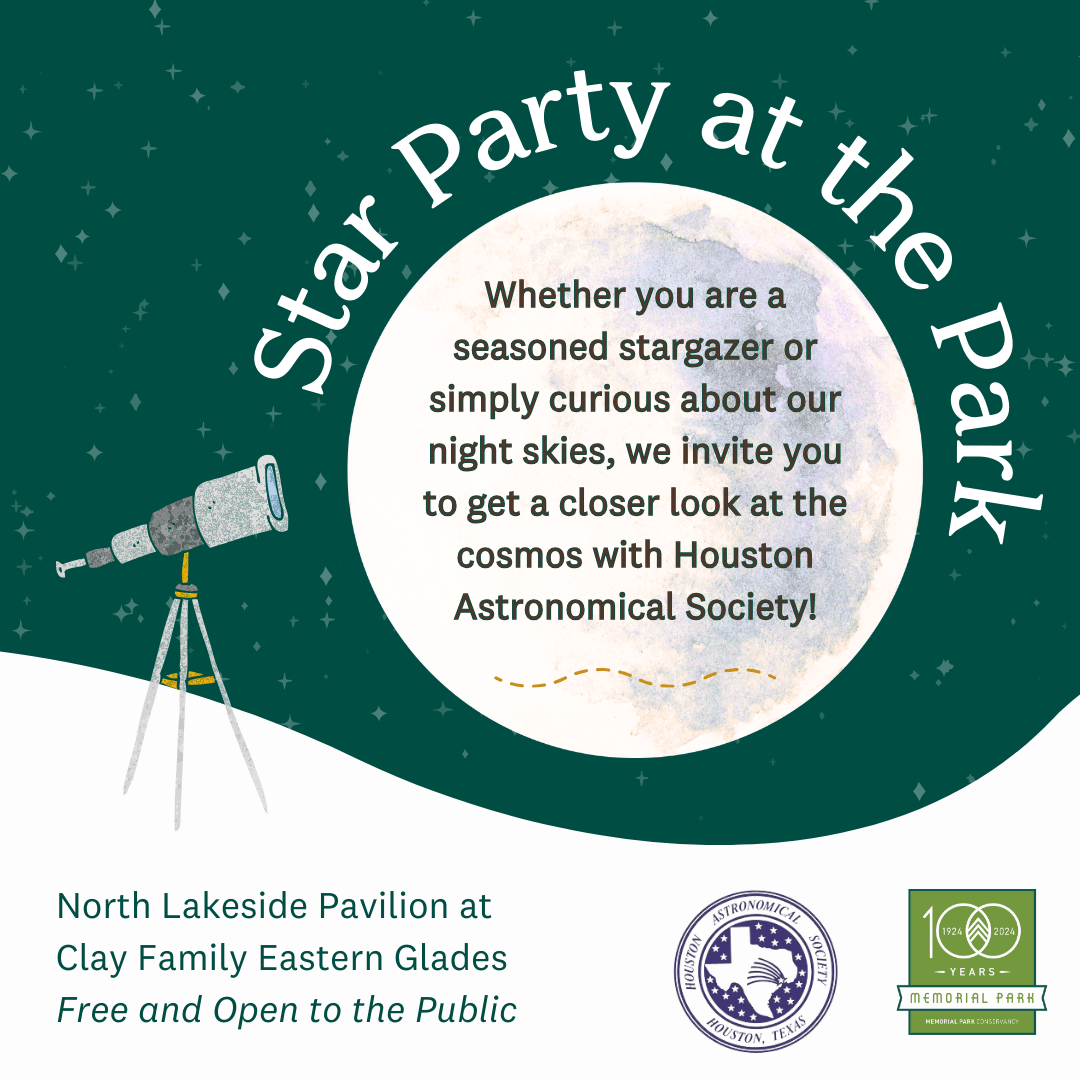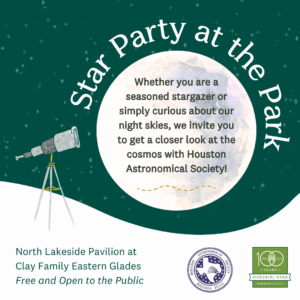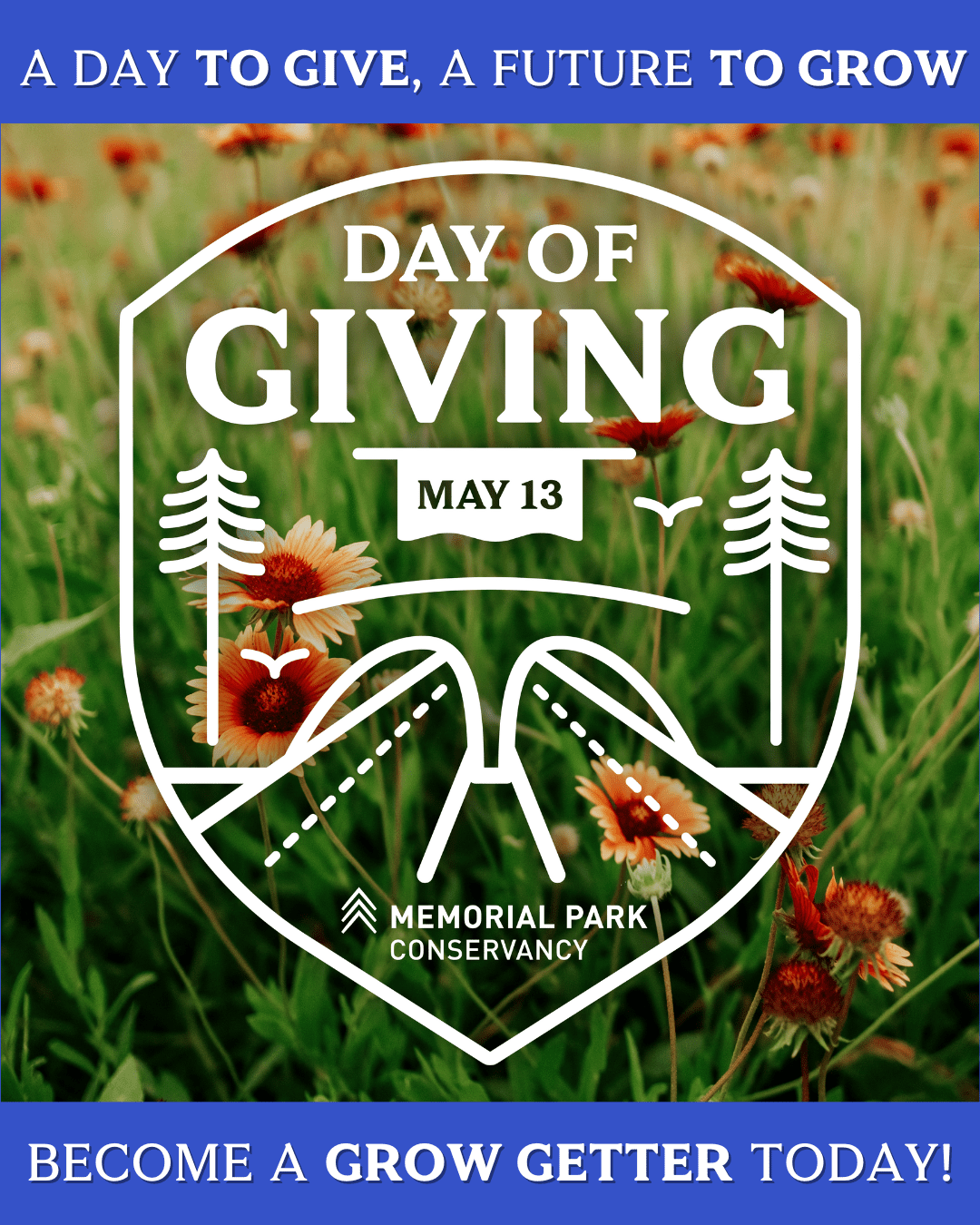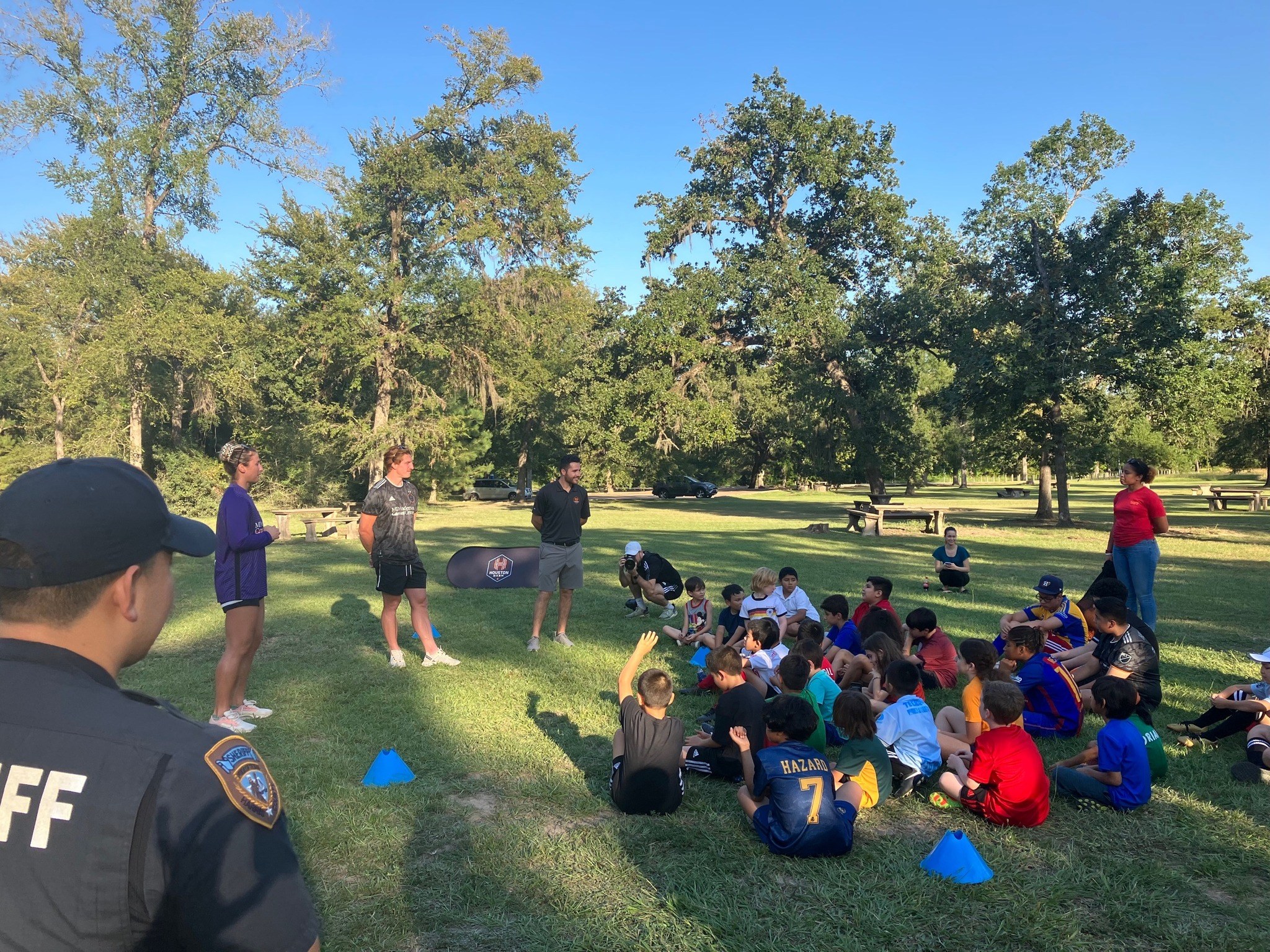Discover
Ten Year Plan
The Ten-Year Plan:
Accelerating the Master Plan, 2018-2028
In 2018, the largest private donation in the history of the Houston Park system catalyzed the Ten-Year Plan for Memorial Park, allowing Memorial Park Conservancy to design and construct significant components of the 2015 Memorial Park Master Plan. The Ten-Year plan was made possible by a $70 million catalyst gift from Kinder Foundation–which leveraged public funding through the Uptown Development Authority–and by the generosity of other donors. Execution of the Ten-Year Plan is overseen by the Memorial Park Standards Committee, a partnership comprised of Houston Parks and Recreation Department, Memorial Park Conservancy, the Kinder Foundation, and Uptown Development Authority. Memorial Park Conservancy continues to raise the remaining funds needed to complete the Ten-Year Plan projects by 2024, the 100th anniversary of the founding of Memorial Park.
Project Partners:
Ten-Year Plan Projects
Grounded in Ecological Restoration
The ecological restoration of Memorial Park underpins the projects in the Master Plan. By promoting the Park’s healthy ecologies and habitats, Memorial Park can sustainably balance conservation with recreational opportunity. Conversion to native habitats will reconnect Memorial Park to its legacy heritage, and restoring the Park’s natural environment serves as a nationwide model for urban forest and park renewal.
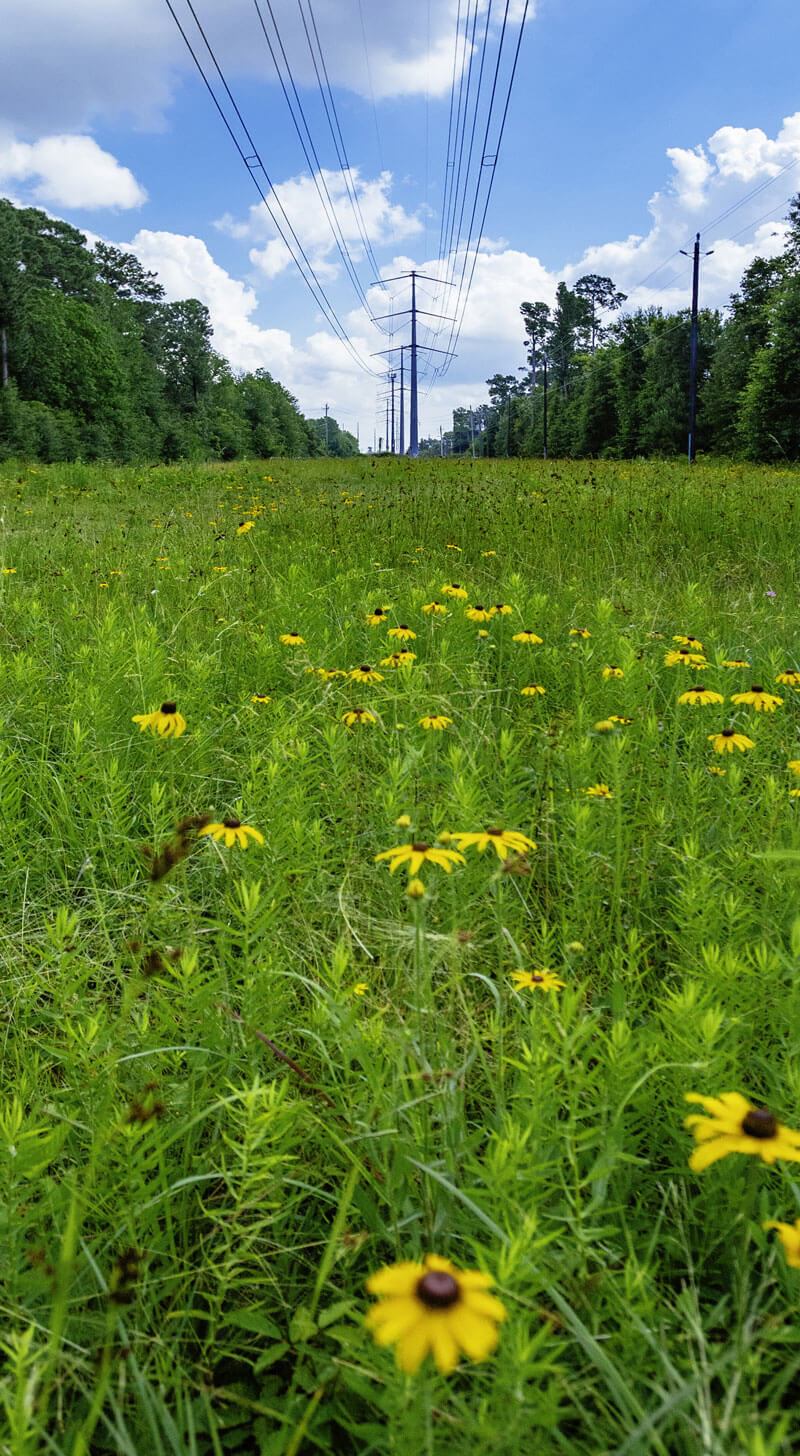
Ten-Year Plan FAQs
What is the purpose of this amendment to the existing Master Plan Agreement?
The agreement was amended to put in place the framework for a 10-year capital plan to implement a substantial portion of the Master Plan approved by City Council in 2015. A key component of the capital investments is to come from the largest single private donation in Houston parks’ history of $70M from the Kinder Foundation. (Learn more about the Kinder Foundation gift.) Additionally, the Amendment outlines a network of funding streams to support the long-term care of capital improvements and the Park.
Will any maintenance be funded by the agreement?
The agreement provides for some maintenance funding through parking fees, golf proceeds, and some funding from the Uptown Development Authority. The Conservancy is responsible for raising for the remaining funds needed to maintain the 1500-acre park.
Why invest in Memorial Park?
- Memorial Park is unique on a local and national scale.
- Over four million people visit Memorial Park each year, and this plan makes the Park even more accessible through advancing connectivity. Though an urban park, it operates in many ways as a regional park, serving some 170 zip codes within Harris and surrounding counties.
- It is one of the largest urban wilderness parks in an inner city in the US, and its ecological impact reaches beyond state boundaries.
- The Park is also one of the only remaining WWI training camps that has not been developed. Houston’s important role in our nation’s military history is grounded in our care of Memorial Park and will be highlighted through the development of Memorial Groves, a signature project of the Master Plan.
Does this reduce the City’s spending in other City parks?
No. In fact, the City’s former annual contribution to Memorial Park maintenance was reallocated to other needs in the Parks system.
